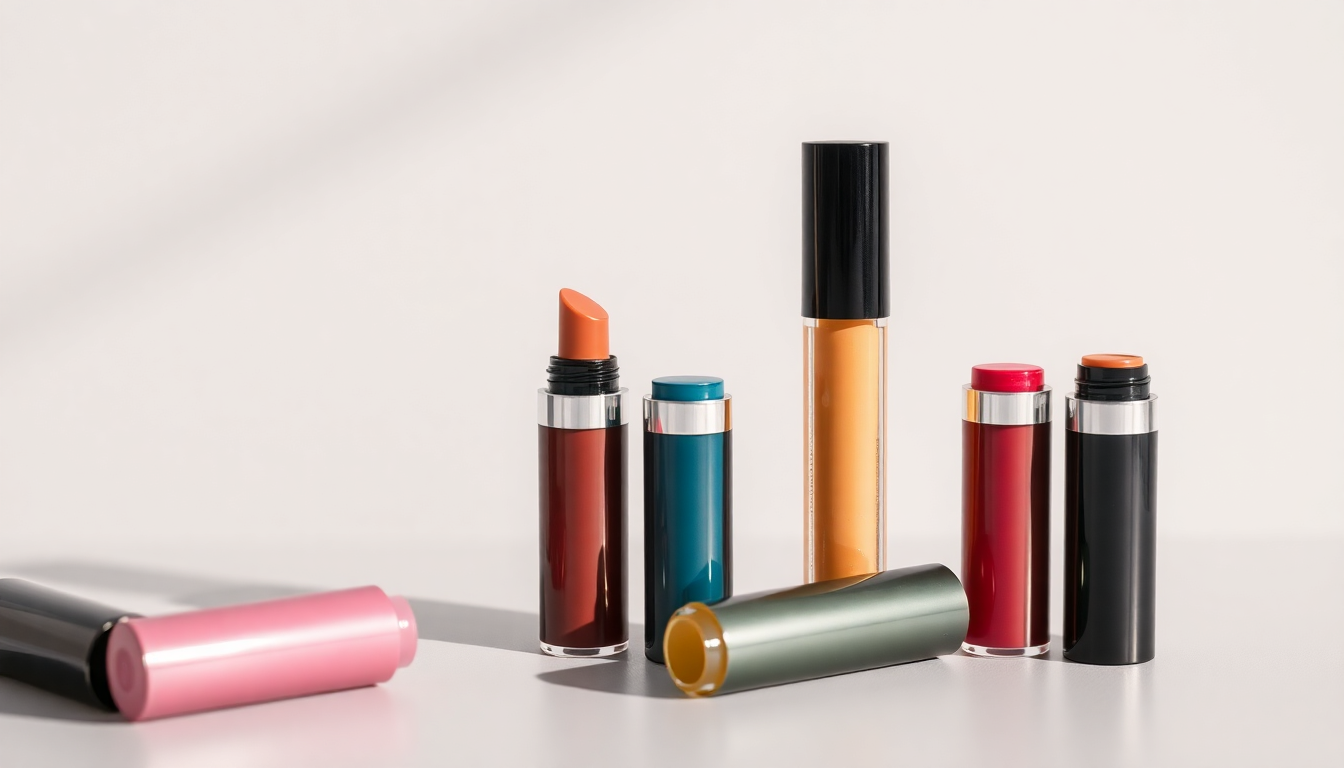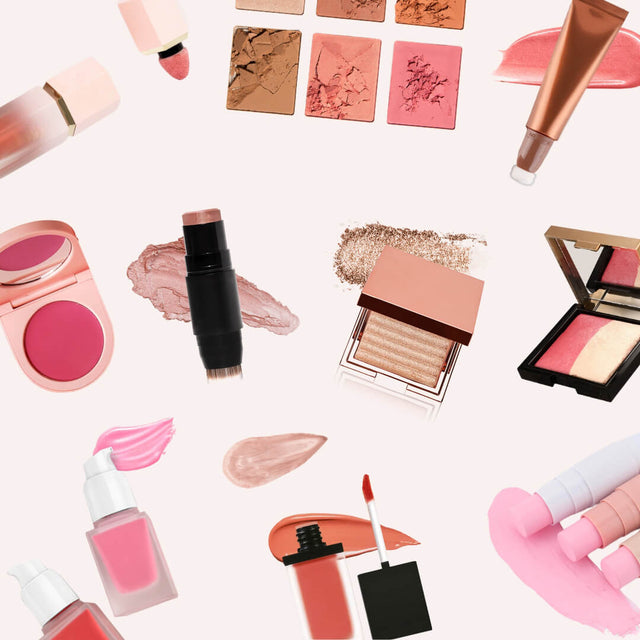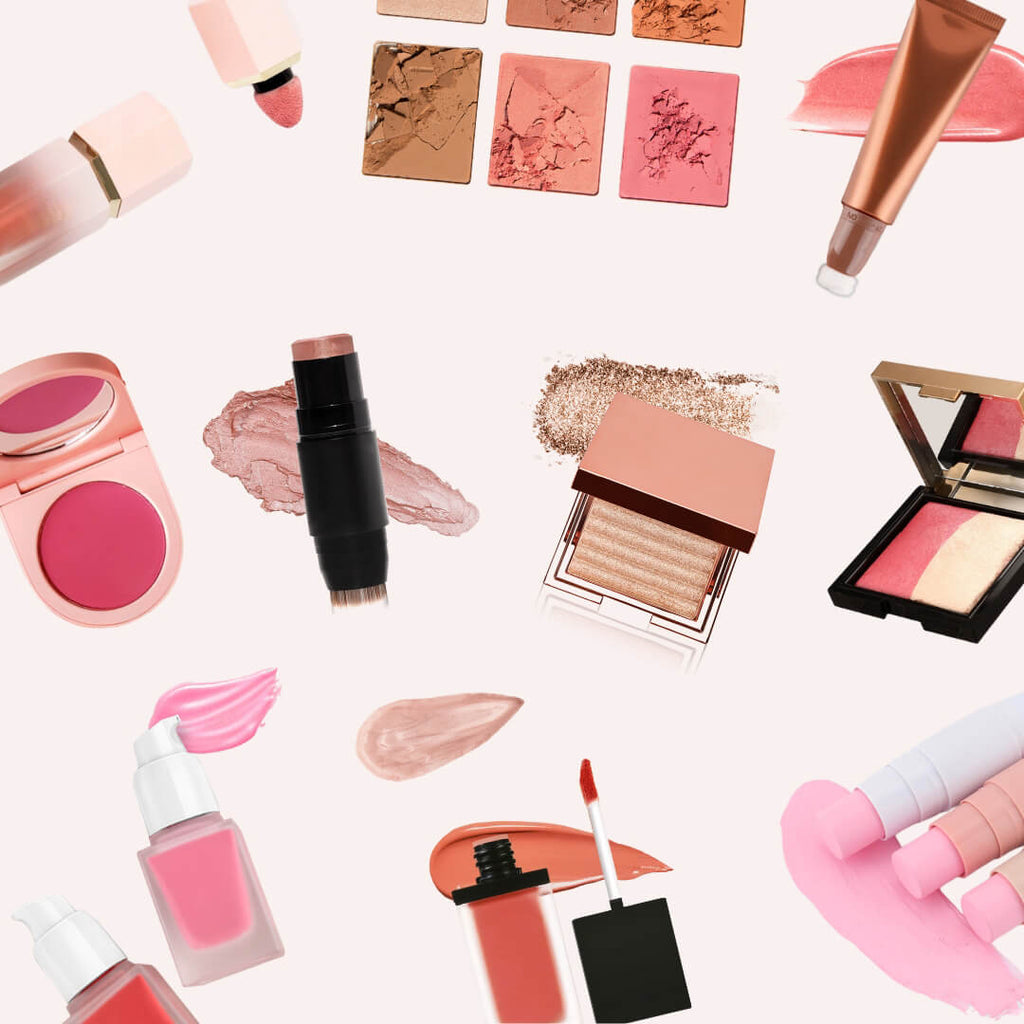
Private Label Lip Gloss Playbook: Build Non-Sticky, Vegan Glosses with Low MOQs and Budget-Friendly Packaging
Ultimate Guide to Launching Private Label Lip Gloss Like a Pro
If you are an early-stage beauty founder, a private label lip gloss is one of the fastest, most cost-effective ways to enter the market. This playbook gives step-by-step guidance on creating non-sticky, vegan lip glosses with low MOQs and budget-friendly packaging. You will get manufacturer insights, color strategy, cost breakdowns, and actionable checklists so you can confidently move from idea to first production run.
Why Lip Gloss Is the Smart Launch Product for 2024 to 2025
- Industry reports from category trackers signaled renewed consumer appetite for glossy, hydrating lip looks during 2024, driven by skincare-meets-makeup routines and social media trends.
- Search interest for vegan beauty and vegan lip product keywords increased throughout 2024 as conscious consumers favored cruelty-free formulations.
- Direct-to-consumer and indie brands have been launching lip gloss SKUs at lower entry costs, making gloss a high-opportunity category for new labels in 2024 and 2025.
Trending shades to start with: cool-toned nude and sheer berry. Suggested Pantone references: cool nude 13-1012 TCX and rosy berry 18-1629 TCX. These shades map well to broad skin tones and seasonal campaigns.
Step 1: Formula Foundations - What Beginners MUST Know
Your formulation decides whether customers love wearing the product or toss it after one use. For glosses the trifecta is texture, slip, and stability. Aim for a lightweight, non-sticky mouthfeel, vegan ingredients, and a preservative system compatible with water-containing glosses.
Formula checklist
- Base selection: start with lightweight esters such as C12-15 alkyl benzoate or similar plant-derived esters that provide shine without tack.
- Silicone alternatives and slip: for a silky glide consider dimethicone alternatives or low-viscosity esters when silicones are off the table for your brand story.
- Humectants: use glycerin or propanediol from plant sources to add hydration without gummy texture.
- Vegan binders: avoid beeswax and lanolin. Choose plant-based waxes and synthetic polymers that are vegan-certified.
- Preservers and safety: use a broad-spectrum preservative system and complete preservative efficacy testing before scale production.
- Plumping actives: if adding plumping ingredients, keep concentrations low and patch-test for irritation; consider hyaluronic microspheres for hydration rather than strong irritants.
Never skip stability testing! Stability and preservative testing protect your customers and your brand. Think of stability testing as the seatbelt for your product launch.
Step 2: Packaging That Sells - Budget to Luxury Options
Packaging influences perceived value and conversion. Use packaging to tell your brand story and keep initial costs low by choosing modular options that can be repurposed across SKUs.
Packaging options and cost benchmarks
- Budget under 0.80 per unit: clear PET gloss tubes with standard doe-foot applicators or simple twist-up tubes. These are widely available from suppliers and suit MOQs of 500 to 2,000.
- Mid-range 0.80 to 1.50 per unit: frosted PET, weighted caps, or printed labels. These add perceived luxury without huge tooling costs.
- Premium and sustainable: sugarcane-based or PCR plastics, custom injection-molded components, or metalized caps. Expect higher per-unit cost and usually higher MOQ requirements.
Packaging checklist
- Request actual packaging samples and perform compatibility tests with your formula for discoloration and leaching.
- Keep label artwork simple for first runs to avoid custom molding costs.
- Negotiate tiered pricing and include the cost of sample packs when calculating your first-order budget.
Step 3: Color Strategy - From Pantone to Profit
Select five starter shades to appeal to the widest customer base while keeping inventory manageable. Consider seasonality, skin tone versatility, and trends.
Five-shade starter formula
- Clear/Sheer Shine - universal top coat.
- Cool Nude - Pantone 13-1012 TCX, wearable across many skin tones.
- Warm Peach - great for spring and summer campaigns.
- Rosy Berry - Pantone 18-1629 TCX, a staple for everyday wear.
- Sheer Coral - a seasonal pop for limited drops.
Color formulation notes: use FDA-compliant lakes and iron oxides or cosmetic-grade mica blends for shimmer. Run accelerated settling tests to ensure pigments stay suspended without separating or causing opacity issues.
Step 4: Cost Control Tactics - Manufacturing Insider Tips
Understand realistic per-unit costs and where you can optimize. The biggest levers are MOQ, packaging choice, and raw material quality.
Typical cost breakdown at MOQ 500 to 1,000
- Raw materials and formula ingredients: 0.40 to 0.90 per unit depending on actives and pigment load.
- Packaging: 0.20 to 1.50 per unit depending on the level of finish and sustainability materials.
- Filling, labeling, QC: 0.10 to 0.35 per unit depending on automation and complexity.
- Total production cost range estimate: approximately 0.80 to 2.75 per unit for initial runs.
Budget control checklist
- Minimize SKUs on first production run to 3 to 5 shades to reduce packaging variety and inventory risk.
- Use the same tube across shades and change only the label to reduce tooling costs.
- Consolidate orders for raw materials and packaging with other small brands or co-ops where possible to access lower pricing tiers.
Hidden costs to watch: third-party lab testing, full preservative challenge tests, barcodes and UPC registration, product liability insurance, freight and customs, storage, and sample approval charges from the manufacturer.
Color, Marketing and Merchandising Tips
Position your five-shade set as a capsule collection. Use analogies when selecting shades: choose shades like a capsule wardrobe where neutrals build the base and trend shades provide seasonal interest.
- Bundle strategies: offer a starter gloss pack of three at a small discount to encourage trial and boost AOV.
- Sampling tactics: include a sealed sample card with each order for consumer feedback and cross-sell opportunities.
- Influencer seeding: choose micro-influencers whose followers match your target demo and provide sample kits to collect authentic reviews for launch.
Manufacturer's Corner - 5 Critical Questions to Ask Suppliers
- What are your minimum MOQs for custom formula development versus label-only fills?
- Can you provide recent stability and preservative efficacy test results for similar gloss formulas?
- Are your ingredient supply chains audited and can you provide vegan and cruelty-free declarations?
- What are lead times for sampling, pilot runs, and full production post-formula approval?
- Do you support private label packaging options under 0.80 per unit, and what are the MOQ tradeoffs?
Red flags: suppliers who cannot provide test data, refuse third-party testing, or hide costs. Avoid partners that push very high MOQs without transparent cost breakdowns or who rush stability and safety evaluations.
Quality, Compliance and Launch Logistics
Regulatory and quality steps protect your business and reputation. Make these non-negotiable parts of your timeline.
- Regulatory: ensure all pigments and preservatives meet regulatory requirements for your target markets. Have SDS and ingredient declarations ready.
- Testing: complete preservative efficacy testing, microbial testing, and stability testing under varied temperatures and light exposure.
- Packing and labeling: verify ingredient lists, warnings, and batch coding are correct and legible on final packaging.
Final Launch Checklist
- Confirm vegan and cruelty-free sourcing documentation for every ingredient and secure supplier statements.
- Complete stability, preservative efficacy and wear tests, and record results.
- Approve packaging samples and verify compatibility with your formula through bench testing.
- Negotiate MOQs and tiered pricing, and secure lead times in writing.
- Create a 3 to 6 month inventory plan and a marketing calendar aligned with production milestones.
Key takeaways: start lean with a high-quality, non-sticky vegan lip gloss base, limit initial SKUs to 3 to 5 shades, and choose budget-friendly yet attractive packaging. Focus your early capital on testing and quality assurance rather than premature premium packaging. Never skip stability testing!
Launching a private label lip gloss is like building a capsule wardrobe for lips: choose versatile, long-wear basics first, then add seasonal flair. With careful formulation, the right manufacturer partner, and smart packaging choices you can create a standout vegan lip product without an enormous upfront investment.
Ready to formulate and get transparent pricing, low MOQ options, and a production timeline for your private label lip gloss? Request our Lip Gloss Starter Kit and production quote at [CONTACT PAGE].




